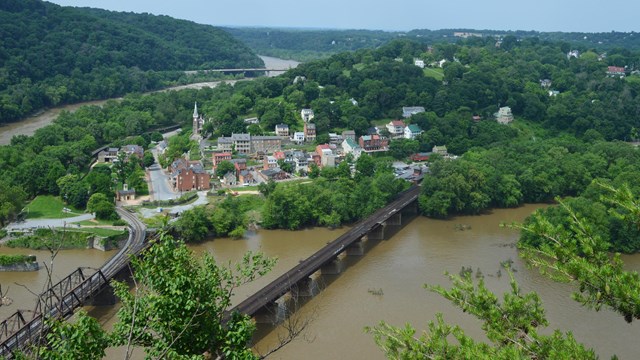
Sea level rise is occurring on a global scale as the result of many climate change-induced factors, impacting 111 parks already.
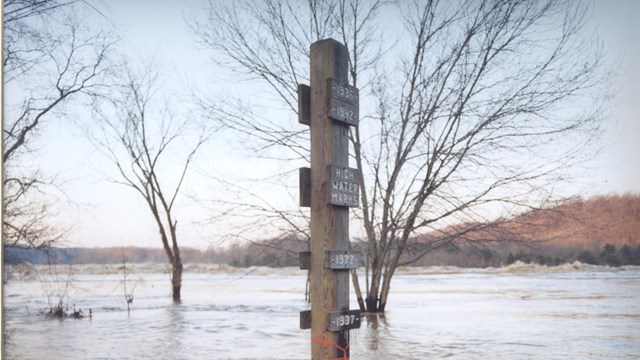
Climate change has had a profound effect on the weather. Flooding and other extreme weather harms park resources.
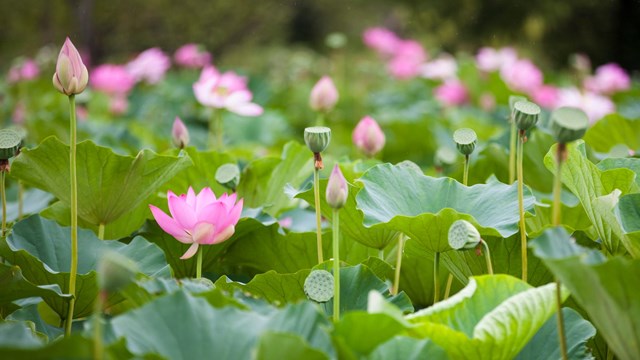
The changing climate increases stressors that weaken plant resilience, disrupting forest structure and ecosystem services.
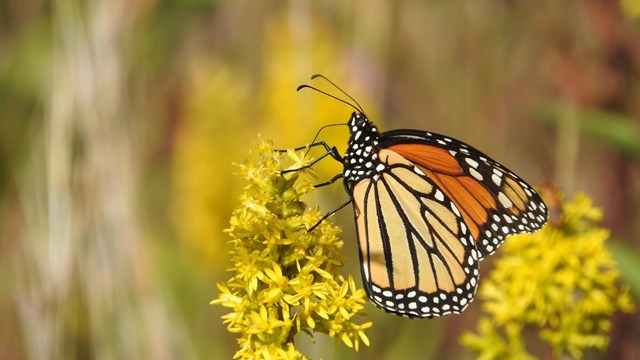
Pollinators play a vital role in plant reproduction, making them fundamental to supporting healthy ecosystems.
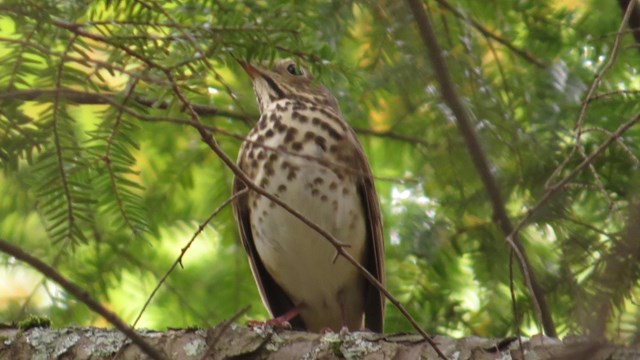
Rising temperatures lower many wildlife species' survival rates due to changes in food, reproduction, and migration.
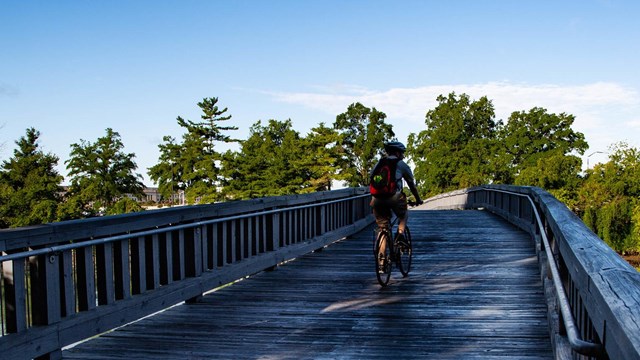
The many activities visitors currently enjoy are facing new challenges from rising temperatures and the resulting impacts.
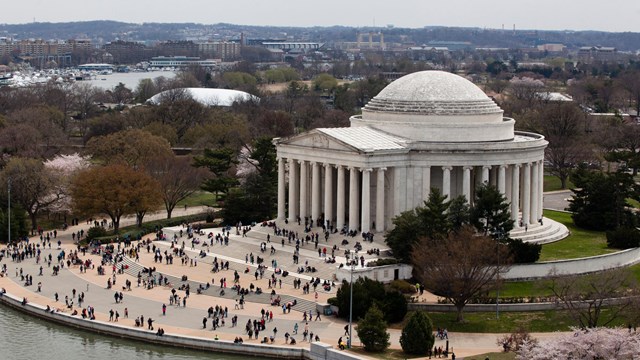
Cultural resources play an important role in the protection and interpretation of the nation's heritage, including in the National Capital.

NPS Photo / Graphic by 4C
Last updated: December 22, 2021
